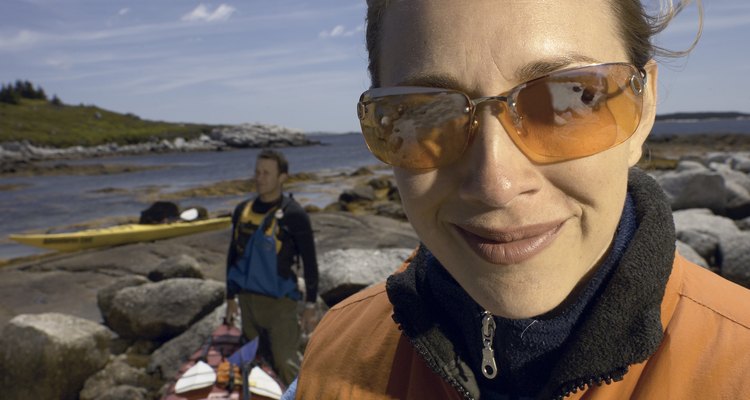
Hemera Technologies/AbleStock.com/Getty Images
Taking a kayaking trip out onto a placid lake or through a white-knuckle, whitewater course can put a substantial strain on your eyes. Spray and glare make sunglasses a necessary part of every kayaker's kit, and the best sunglasses for kayaking have a key set of features that separate them from sunglasses used in other recreational pursuits. Polarized lenses, a floating strap and a secure fit make for a great pair of water-ready shades.
Don't Shoot Your Eye Out
Take care of your eyes, and they'll take care of you. Kayakers are at an especially high risk for eye damage due to UV rays from the sun because the glare along the reflective surface of the water can compound the amount of UV radiation that reaches your eyes. The American Academy of Ophthalmology recommends wearing sunglasses all summer, especially on the water, since the sun's UVA and UVB radiation can be three times higher during the summer than during the winter. In addition, sunglasses can prevent salt water spray from getting into your eyes, which could impact your visibility when you're trying to navigate tough rapids.
Polarizing Conversation
The best sunglasses for kayakers use polarized lenses for better visibility and glare reduction. Polarized lenses use a special orientation in the lens to allow vertical light through to your eyes unfiltered, while preventing scattered horizontal light from penetrating the lens. This greatly reduces the amount of glare that is refracted into your eyes, especially on the surface of the water. Without glare on the surface of the water, you'll be able to see below the surface, which can help you spot and avoid rocks for smoother kayaking.
Float Like a Butterfly
Inevitably, most kayakers take an unexpected dip during a kayaking trip. The best sunglasses for kayaking come with a strap that has a small air pocket or foam block attached to keep your sunglasses floating within easy reach if you lose them in your frantic capsize. Look for sunglasses with stainless steel hinges as well, since these won't rust or corrode from exposure to salt water.
Everyone Needs to Vent
Vented sunglasses are ideal for summer activities like ocean kayaking, since you'll inevitably build up some heat while paddling away from real or perceived sharks. These sunglasses use perforated frames and lenses to allow cool air underneath the lens, preventing condensation on the lens and evaporating sweat before it stings your eyes. A fog-proof coating on the lens surface can also help keep your vision clear when you're really heating up your shades.
Related Articles
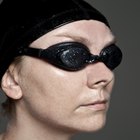
How to Wear Swimming Goggles

Levels of Polarized Sunglasses

Amber Vs. Grey Sunglasses

The Best Photochromic Sunglasses

How to Make Glowing Ice Cubes From ...

How Do Yellow Lenses in Ski Goggles ...

Rimless vs. Full Rim Glasses

How Can I Tell What Model Oakley Radars ...
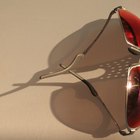
The Effects of Red Lens Sunglasses
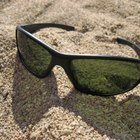
How to Repair Scratches on Sunglasses

How to Clean Hazy, Foggy Eyeglasses
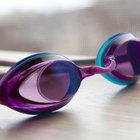
How to Clean Swim Goggles

How to Disinfect Sunglasses

Directions on Changing Bolle Lenses
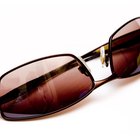
How to Spot Fake Serengeti Sunglasses

Can Shining a Flash Light in Eyes ...
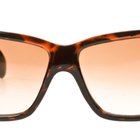
Repair of Persol Sunglasses
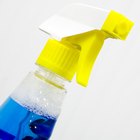
How to Clean Eye Glasses With Windex

Polycarbonate Lenses Vs. Polarized

How to Clean Marks From Nike Mercurial ...
References
Resources
Writer Bio
Max Roman Dilthey is a science, health and culture writer currently pursuing a master's of sustainability science. Based in Massachusetts, he blogs about cycling at MaxTheCyclist.com.
Photo Credits
Hemera Technologies/AbleStock.com/Getty Images